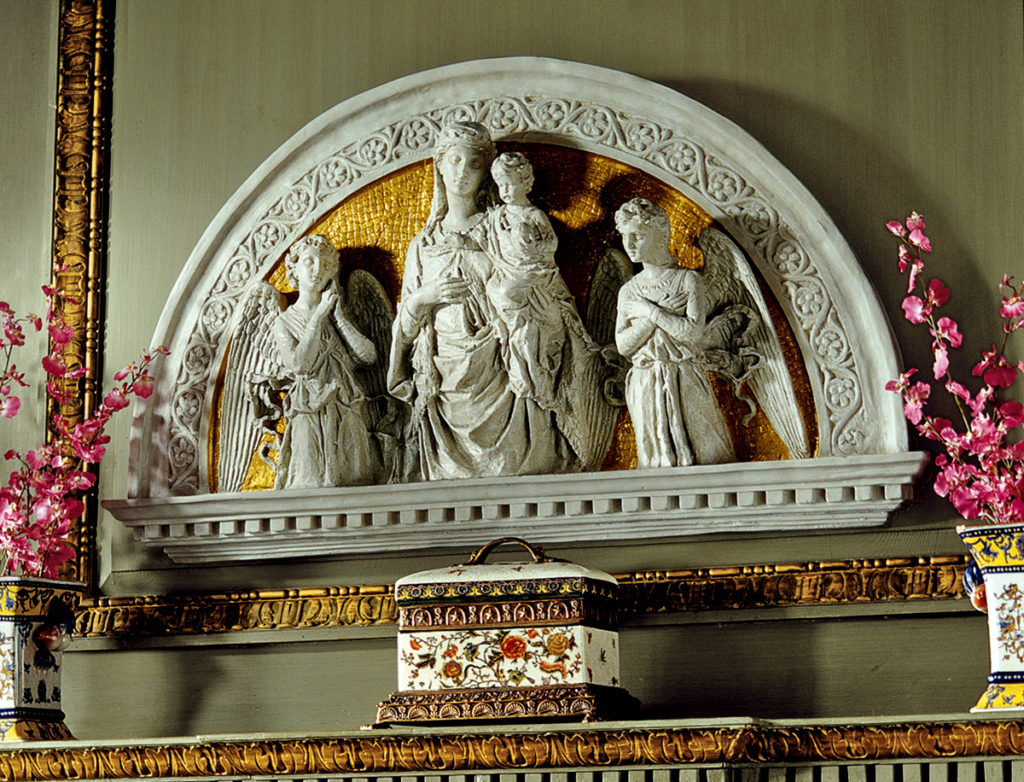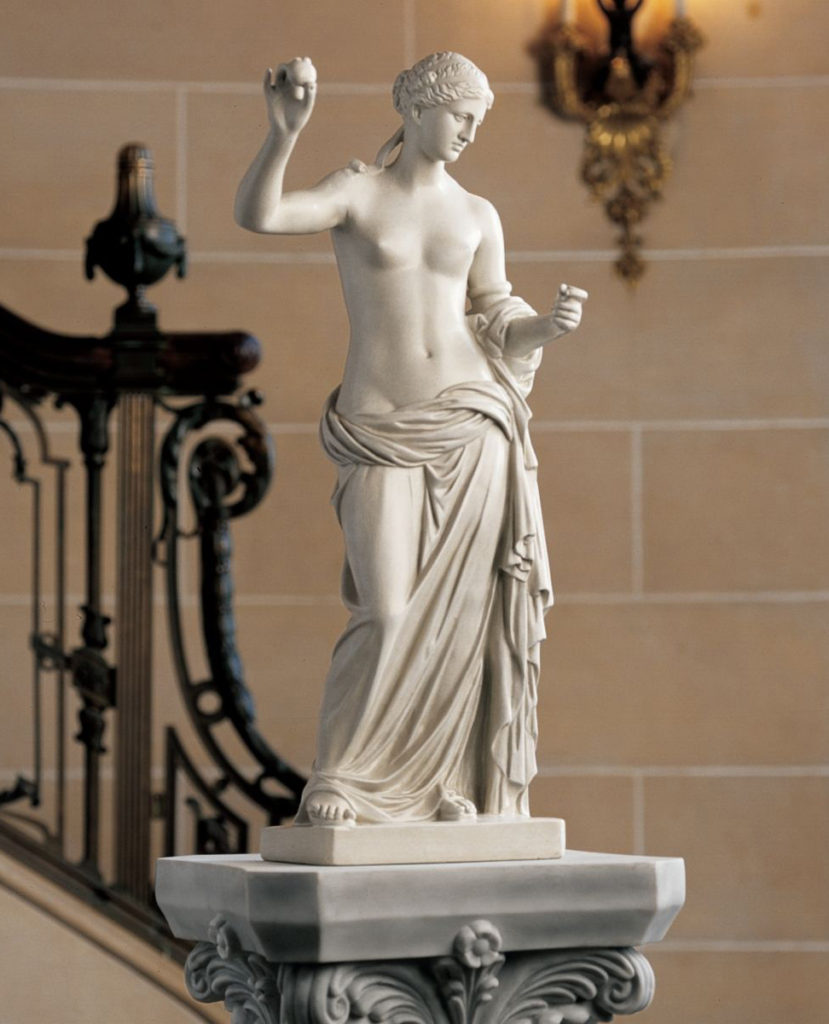Have you ever wondered how and why artists began to produce copies of figurines, wall sculptures and statues in three dimensions?
Since ancient times plaster had been used to replicate art and sculptures to honor gods, study human and animal anatomy, and to produce masks, taken from the living and dead to capture the image of kings and famous people. Making plaster cast figurines had become the foremost way to preserve a visual history for future generations.
Plaster is inexpensive, hardens quickly and holds details. To begin, a mold is made of the object; the mold can be made of wood, terracotta, plaster or – what is used today – silicone rubber. The next step is the hardest and most work intensive stage, even today getting a clean mold without any air bubbles or tears takes skill and craftsmanship. The mold is then filled with a mixture of plaster of Paris, after it hardens the mold is removed and you have an exact copy of the original piece of art.
Egyptians were the first to develop a plaster casting method so they had a reference to create portraits.
The Greeks and Romans adopted plaster techniques to reproduce copies of famous bronze sculptures and marble statues. The first recorded location of a plaster sculpture collection was Imperial Rome.
From the 5th century on, plaster figurines and sculptures were part of many private collections of scholars, artists, aristocrats and royals. The plaster statues were used in schools for artistic studies because researchers felt ancient works were incomparable.
In the second half of the 17th century, plaster cast sculptures formed the foundation of the Academie des Beaux-Arts in Paris. Interestingly, the first shipment of plaster cast statues to the United States was from France in 1806.
In 1900 Pietro Caproni, an Italian immigrant, created the Caproni Gallery in Boston, to cast and showcase his vast collection of historical sculptural reproductions. Caproni traveled throughout Europe making molds directly from statue masterpieces from the great museums of Europe. His clientele ranged from museums and schools to bon vivants who shopped through an illustrated sculpture catalog, one of the first of its kind! Design Toscano is proud to offer some of the original casts from this historic statuary collection.
With the availability of photography to the public in the mid-20th century direct casts became less of an attraction. Museums and schools began to give away, or destroy, their plaster statues stating that the sculptures were too expensive to restore and were a fire hazard.
In the 1970s, plaster casts and figurines all over the world were documented and it was discovered that there remained casts of original antique sculptures that had been destroyed in WWII so the plaster statue collections once again had proved their value.
The trend in history of collecting and displaying sculptural replicas is now on the upswing again!
Design Toscano has continued this tradition, offering wall sculptures such as a “Blessed Union” Sculptural Wall Frieze (EU31502) a reproduction of an Italian antique in high-relief; busts of William Shakespeare (available in four sizes, AH22672, etc.) and classics such as Michelangelo’s Dying Slave Statue (available in three sizes, WU72731, etc.). All of these replica statues of great art are now cast in quality designer resin, a mixture of over 50% crushed stone bonded with polyresin. These resin casts are more versatile than the original plaster as they can be displayed both indoor and outdoor making them appropriate for both modern galleries, and history lover’s homes and gardens.
If your tastes run to classic Greek and Roman, Toscano has an amazing life-size bust of Caesar Augustus of Prima Porta (NE86795), replicas of the Callipygian Venus from 100 B.C. Venus of Arles Sculpture (available in two sizes, NG32788 & KY547006) and, for art on a grand scale, the Four Goddesses of the Seasons Statues (NE9490060) will turn your garden into a classic Roman villa.
Toscano also specializes in creating new sculptural masterpieces of classic designs in resin such as wall décor, sculptures for home display or garden statues so everyone can enjoy great art in their own home.
Post by: Sue Mell






